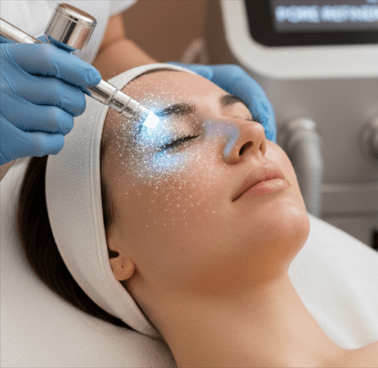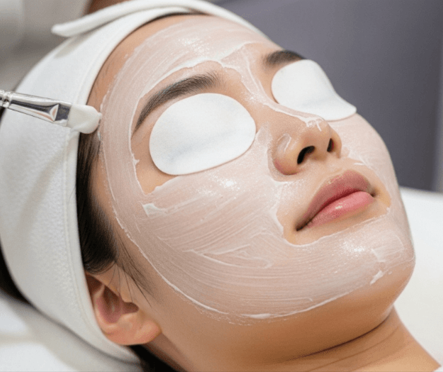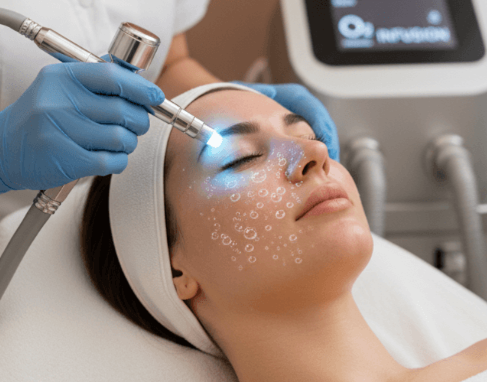Korea has gained worldwide recognition for its cutting-edge skincare treatments, advanced dermatology clinics, and exceptional beauty expertise. For medical tourists planning to visit Korea specifically for skincare treatments such as collagen booster facials, laser therapies, or skin rejuvenation procedures, timing your trip can significantly impact your experience and results.
Here’s a comprehensive guide to help you determine the best time of year to visit Korea for skincare treatments based on weather, clinic availability, and seasonal considerations.
1. Spring (March to May): Ideal for Skin Treatments and Tourism
Why Spring Is a Top Choice:
- Mild Weather: Temperatures range from 10°C to 20°C (50°F to 68°F), perfect for avoiding heat stress or cold-related dryness.
- Low Humidity: Comfortable humidity levels reduce the risk of skin irritation post-treatment.
- Blooming Season: Cherry blossoms and other flowers create scenic backdrops for sightseeing during recovery downtime.
- High Clinic Availability: Most clinics operate at full capacity after winter, with many offering spring promotional packages.
Advantages for Skincare Treatments:
- Ideal climate to minimize sun exposure risk and skin sensitivity.
- Perfect for treatments requiring minimal downtime before outdoor activities.
2. Autumn (September to November): The Second Best Season for Medical Tourism
Why Autumn Works Well:
- Pleasant Temperatures: Cooling down from summer heat, temperatures range from 15°C to 25°C (59°F to 77°F).
- Low Pollution and Dryness: Cleaner air and moderate humidity help maintain skin health post-procedure.
- Beautiful Foliage: Vibrant autumn leaves enhance your travel experience during healing phases.
- Clinic Promotions: Many clinics run special autumn skincare events and discounts.
Benefits for Skincare Visitors:
- Allows for outdoor recovery without excessive sun or heat exposure.
- Comfortable climate supports quicker skin healing and better treatment outcomes.
3. Winter (December to February): Good for Some Skincare Procedures
Winter Considerations:
- Cold, Dry Air: Temperatures can drop below freezing, increasing the risk of skin dryness and irritation.
- Indoor Treatments Preferred: Winter is better suited for treatments that don’t expose skin to the elements, such as laser therapies done indoors or intense moisturizing facials.
- Lower Tourist Crowds: Fewer visitors mean easier clinic bookings and potentially better prices.
Tips for Winter Visitors:
- Focus on hydrating and repairing treatments to combat dry winter skin.
- Ensure you have a solid aftercare plan to protect sensitive skin from cold winds.
4. Summer (June to August): Least Recommended for Skincare Medical Tourists
Challenges in Summer:
- Hot, Humid Weather: High temperatures often exceeding 30°C (86°F) with high humidity can increase sweat and oil production, making skin more prone to irritation.
- Intense Sunlight: Strong UV exposure poses risks for skin treatments requiring sun avoidance post-procedure.
- Monsoon Season: June and July bring heavy rains, which can disrupt travel plans and outdoor activities.
Recommendations if Visiting in Summer:
- Schedule indoor treatments with minimal downtime.
- Strict sun protection and post-care are critical.
- Plan treatments earlier or later in the day to avoid peak heat.
5. Consider Korean Holidays and Festival Seasons
- Avoid Major Holidays: Lunar New Year (Seollal) and Chuseok (Korean Thanksgiving) are busy travel periods with many clinics closed or operating on reduced hours.
- Check Clinic Schedules: Book treatments well in advance during holiday seasons.
- Festivals and Events: Combine your treatment trip with cultural festivals for a richer experience, but be mindful of crowds.
6. Additional Tips for Medical Tourists Visiting Korea for Skincare
- Book in Advance: Popular seasons mean high demand—reserve your appointment and accommodation early.
- Monitor Air Quality: Check local pollution levels, especially in spring and autumn, as air quality affects skin health.
- Pack Appropriately: Bring season-specific skincare products and sun protection gear.
Final Thoughts: Timing Your Trip for Optimal Skincare Results
Choosing the right season to visit Korea can enhance your skincare treatment experience by providing ideal weather conditions, clinic accessibility, and a more enjoyable recovery period. For most medical tourists, spring and autumn stand out as the best times to combine effective skincare procedures with comfortable travel.




